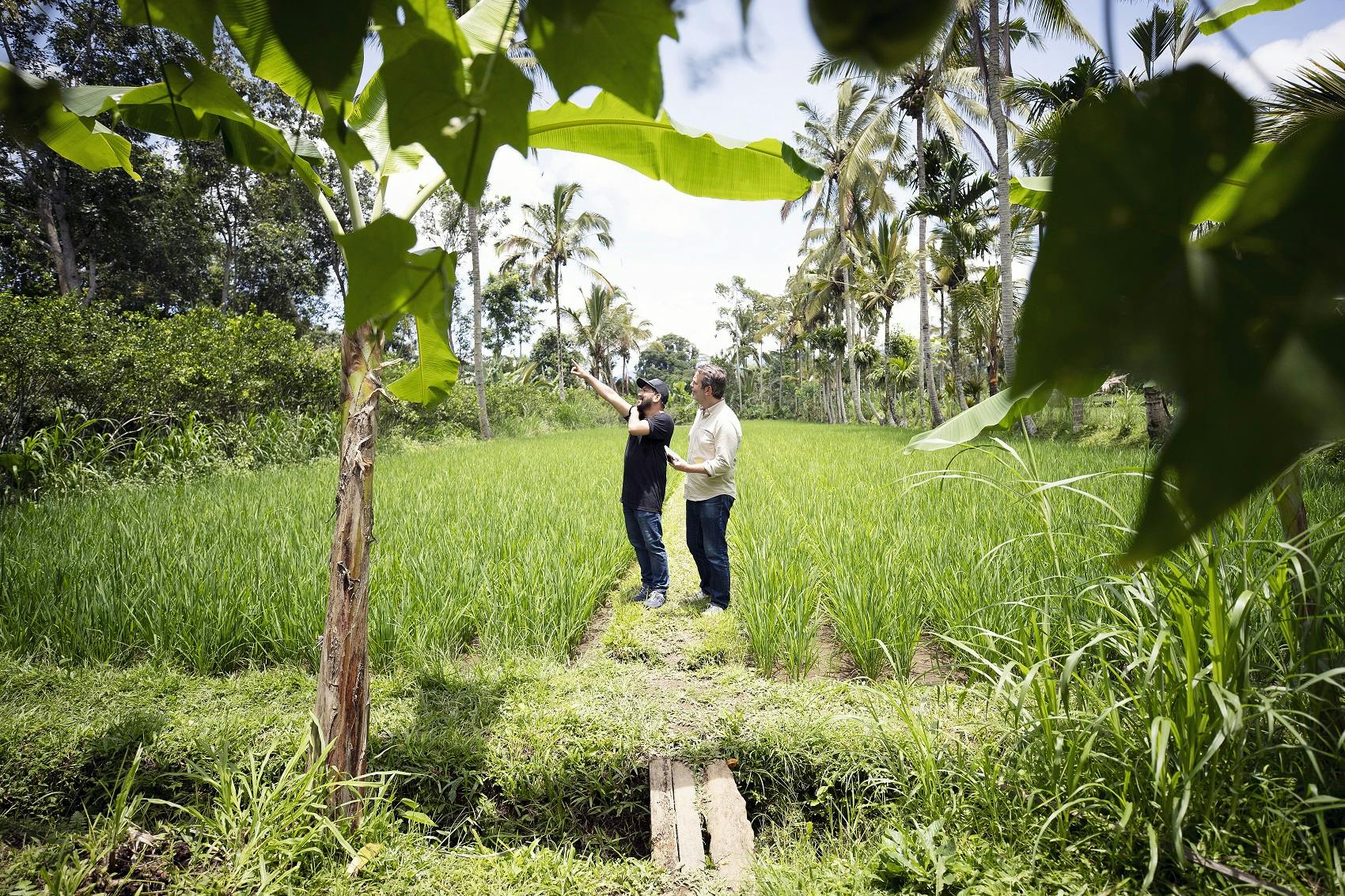How Culinary Travel and Eating Locally Can Help Uncover the World’s Beauty
Whenever we travel, food and drink act as key staples of our cultural experience. In tasting authentic local dishes, we quickly develop an appreciation for a destination’s customs, its history, its people, regional ingredients and the place’s geographical peculiarities, among other things. With each bite, we consume a new chapter in a destination’s culinary narrative, whether dining in a family-run kitchen or a Michelin-starred restaurant. When we embark upon culinary travel, eating local cuisine provides a means to journey closer to the soul of a destination.
This act of discovery is even more palpable when we head to “Parts Unknown,” as the late Anthony Bourdain chose to name them — those new destinations that challenge us and act as a mirror on our own food and drink choices, and our culture at home. They bring with them unfamiliar — and occasionally difficult to prepare —ingredients and dishes, and often a whole lot more. So how exactly does deep culinary travel enrich us? How do we set about learning about a place through its food and the local tastes of its people? And which culinary experiences might form the strongest connections between a traveler and a destination?

The effect of place: Bustling markets for local tastes
Part of the unique beauty of culinary cruise travel comes in accessing numerous places that would be difficult to visit independently, overland. Often retaining a strong sense of authenticity, these destinations are even more rewarding from a culinary perspective, as the dishes and experiences enjoyed by locals are often unfamiliar to their fellow countrymen, let alone to foreign travelers.
Traveling aboard Silversea’s Silver Muse — accompanied by Adam Sachs, the Director of Silversea’s S.A.L.T. (Sea and Land Taste) program, who has just spent two weeks exploring the food markets of Southeast Asia — I recently visited the remote city of Sandakan at the very northern tip of Malaysian Borneo. Borneo is a vast island, bigger than Texas, home to mind-blowing and precious biodiversity.
A short walk around the small city’s market iterated the cornucopia of regional produce, sourced from the earth and sea: Mounds of red and yellow chilis, woody lemongrass stalks and piles of shallots. Tubs filled with pungent shrimp paste and fish sauces, which act as base notes to so many Southeast Asian dishes. Then, incredibly fresh seafood, straight from the vast South China Sea, including tuna that would be snapped up for small fortunes if they were on sale in Tokyo’s legendary Tsukiji Fish Market.
Engaging with local vendors, I learnt the sources of the ingredients, as well as the dishes in which one might enjoy them, how best to prepare them and various other snippets of information that defined my understanding of Sandakan’s local culture. Now to acquaint my taste buds with my new source of discovery …
My palate was initiated to Sandakan’s local cuisine through “Bah kut teh”, a popular Malaysian dish which translates as “meat bone tea.” It is a deeply aromatic and complex broth. It is cooked for hours on end with a mélange of herbs and spices, including star anise, pepper, soy sauce, licorice and also angelica, an expensive sweetly-scented root that tastes somewhat like fennel. There were myriad side dishes and optional accompaniments to add into the bowl, but the absolute authenticity of the dining experience was clear: These were age-old flavors, served in bowls on large round tables, in a spot frequented by local diners. With each spoonful, I seemed to become increasingly familiar with my surroundings, thanks to a confluence of new tastes, a foreign culinary setting and insight from a local food expert.
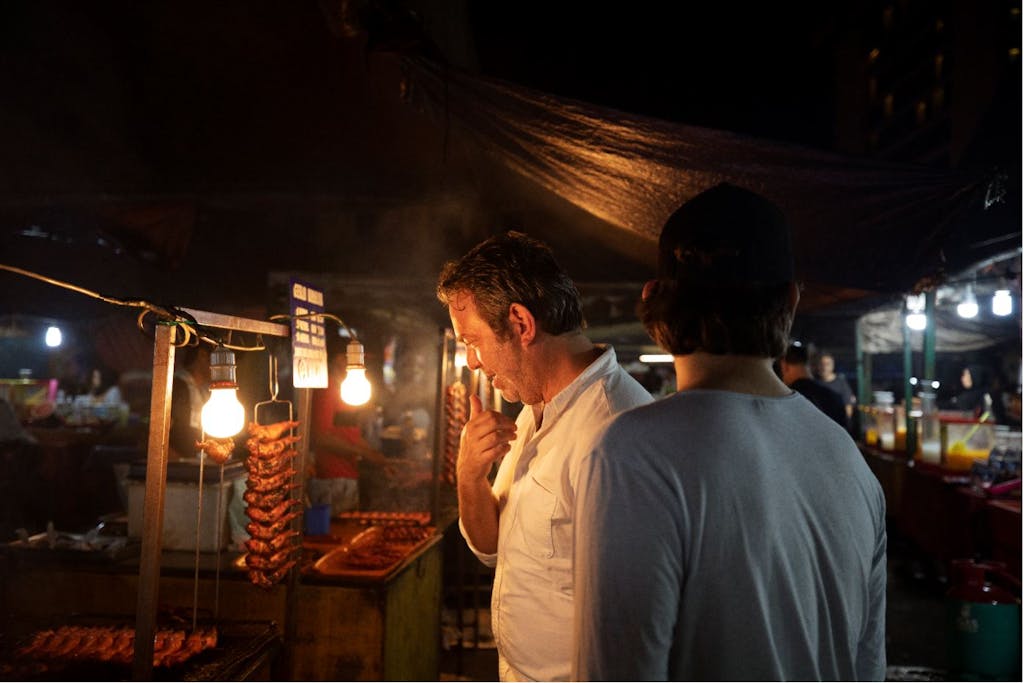
Knowledge is power: Learning from expert local chefs
Regional expertise is a sure way to enlighten your taste buds. On the beautiful island of Bali, half Balinese and half Australian cookery writer Maya Kerthyasa identified how regional cooking methods have evolved with each destination, to underscore the importance of food in a culture’s identity:
“Every cook, kitchen and village has their own way of using spice. There are no rules, everything depends on your palate and what your family likes to eat. When grinding a spice paste or mixing a salad, people won’t taste what they’re cooking, they’ll just smell their hands to know if it needs salt, candlenut or whatever. It’s intuition and knowing your ingredients.”
Each regional dish is therefore a lesson in local know-how, produced from unwritten recipes that are passed between generations — always full of flavor and never lacking character.
When embarking on culinary travel, talking to local chefs also sheds light on ingredients that might otherwise be considered straightforward, as well as customs considered commonplace. Kerthyasa continued to enlighten us with her expertise:
“Rice is considered a divine food in Bali. There’s a subtle perfume to it, defined by its medium grain. White rice is considered the best, while red rice is considered less sophisticated so used to cook porridge, for example. We never keep rice for more than a day and there’s no culture of leftovers because there was no refrigeration. You also don’t leave anything on your plate — food is precious.”
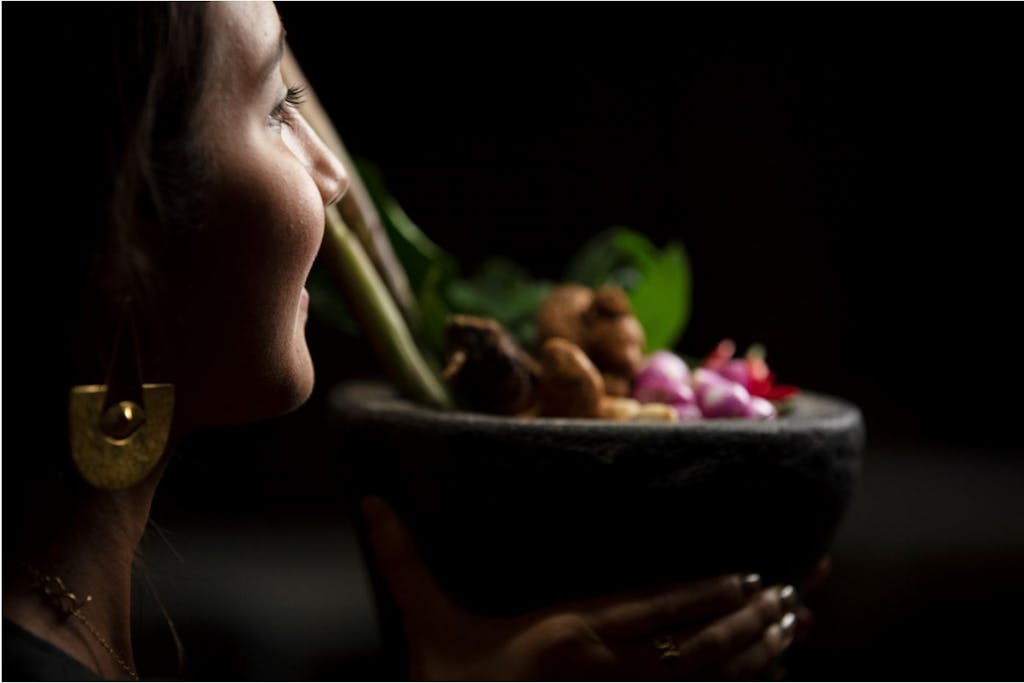
Flavors of the world: Regional takes on local ingredients
Rice played a crucial role in my understanding of the breathtakingly picturesque island of Romblon in the Philippines. A dish called “sarsa na uyang” was accompanied by rice sourced from an adjacent paddy field, which spoke volumes about the reliance on homegrown produce.
Uyang comprises freshwater shrimp, sourced from streams a few minutes’ walk from the humble home in which the dish was being crafted. They’re ground up with chili, ginger, shallots, garlic and coconut, then pounded for good measure. The mixture is wrapped in bamboo leaves and steamed, turning out as a delicious, creamy, spicy sort of fish cake, unlike anything this culinary traveler — nor indeed some Filipino friends — had ever encountered. It was a remarkable dish.
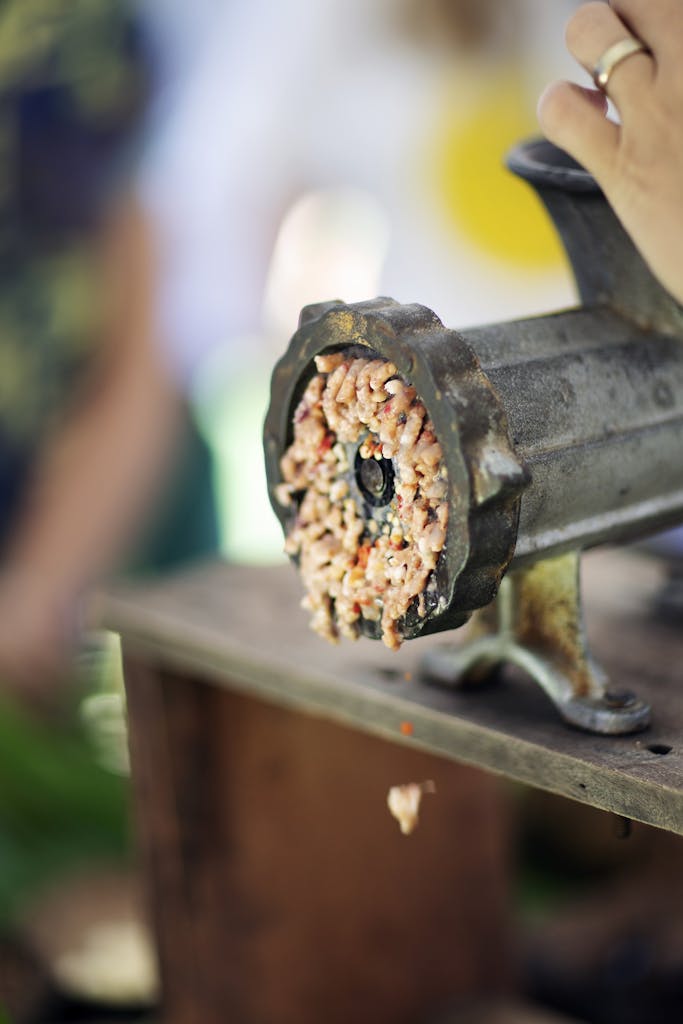
Absolutely everything in the parcel was made from ingredients found on the island; most were grown or sourced from within a few steps of where we were eating. “Eating locally” is rightly a popular movement in high-end restaurants, but here in the remote and beautiful island of Romblon, it was a humble reminder that this was their everyday way of life.
Immersive culinary travel experiences enrich not only our journey, but us as people. They encourage us to reevaluate our customs, not just in the world of food and drink, but in many aspects of life — from discovery to understanding. So, bon appétit and bon voyage!
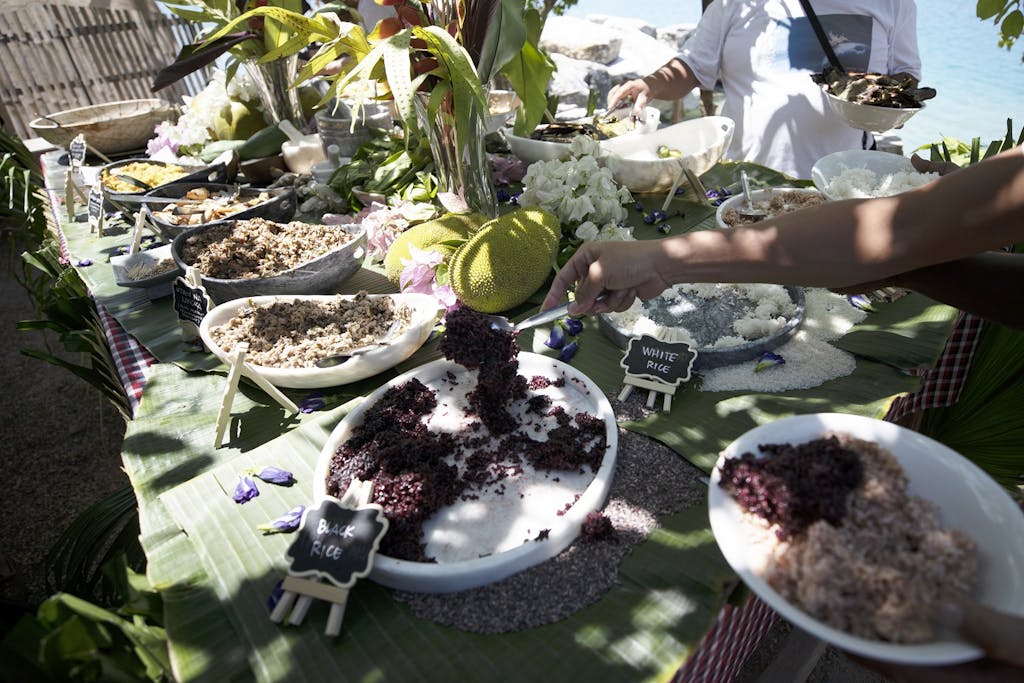
About S.A.L.T.
S.A.L.T. is an immersive culinary program that — through engaging shore excursions that focus on local food culture and hands-on onboard experiences — offers Silversea guests a chance to travel deeper around the world. And the name? That’s simple — S.A.L.T. stands for Sea And Land Taste. Read more about S.A.L.T.
Is culinary travel something you enjoy? Silversea itineraries featuring the innovative S.A.L.T. (Sea and Land Taste) program can take you deeper into local tastes and food culture.
